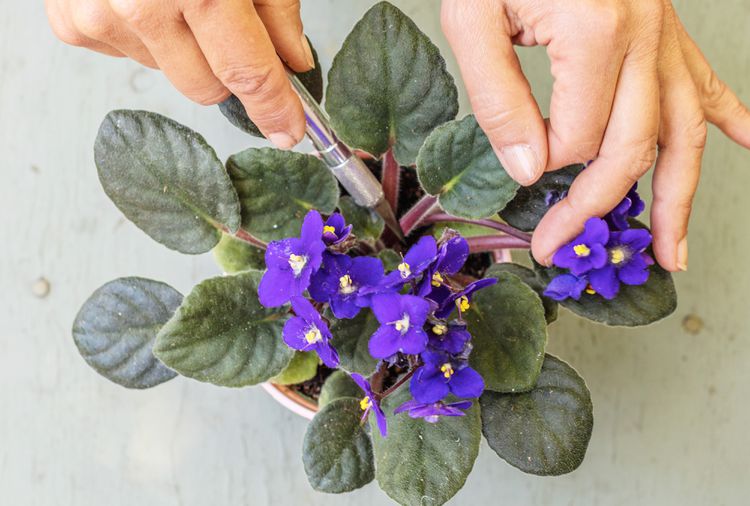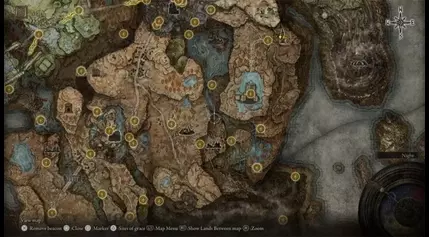Tipping Etiquette: Navigating the Evolving Landscape of Gratuities
Tipping has long been a contentious topic, with opinions often as diverse as the services we seek to reward. In a world where social norms and expectations are constantly shifting, the act of tipping has become a minefield, with some finding it increasingly challenging to determine who deserves a gratuity and how much to give. A recent incident involving a Minnesota food truck has shed new light on this complex issue, sparking a fresh dialogue on the boundaries of tipping etiquette.
Unconventional Tips: Exploring the Boundaries of Gratuity
Weed in the Tip Jar: A Surprising Twist
Norsemen Lobster, a food truck based in Southern Minnesota, found itself at the center of an unusual tipping incident over the weekend. While serving up their signature lobster rolls and other delectable offerings in Winona, the truck's staff encountered a surprising addition to their tip jar – a baggie of what appeared to be marijuana. This unexpected "tip" has raised eyebrows and sparked a conversation about the evolving nature of gratuity.In their social media post, the Norsemen Lobster team expressed their surprise at the unusual tip, noting that it was a "first" for them. While the legality of this particular gesture may be a gray area, given Minnesota's recent legalization of recreational marijuana, the incident has nonetheless highlighted the need for a deeper understanding of tipping etiquette and the boundaries of acceptable forms of gratuity.Tipping in Pot: A New Frontier?
The Norsemen Lobster incident begs the question: is tipping in marijuana a thing, and if so, how much is one expected to "leave" as a gratuity? This unconventional form of tipping raises a host of questions, from the legal implications to the social norms surrounding the practice.While some may view this as a lighthearted gesture or a creative way to express gratitude, others may find it inappropriate or even offensive. The line between what is considered a thoughtful tip and what crosses the line into unacceptable behavior can be blurred, particularly in an evolving social landscape.Embracing Diversity in Tipping Practices
The Norsemen Lobster incident serves as a reminder that tipping practices can vary widely, reflecting the diverse perspectives and cultural backgrounds of both service providers and customers. As society continues to grapple with the complexities of tipping, it is essential to approach the topic with an open mind and a willingness to understand the nuances of different tipping customs.By fostering a more inclusive and understanding approach to tipping, we can create an environment where service providers feel valued and customers can express their gratitude in a manner that aligns with their personal beliefs and experiences. This may involve re-evaluating traditional tipping norms, embracing unconventional forms of gratuity, and engaging in open dialogues to better understand the evolving landscape of tipping etiquette.Navigating the Tipping Minefield: Strategies for Service Providers and Customers
As the tipping conversation continues to evolve, both service providers and customers must navigate this complex landscape with care and consideration. For service providers, it is crucial to maintain clear communication with customers about their tipping preferences and to be prepared to handle unexpected or unconventional forms of gratuity with professionalism and discretion.Customers, on the other hand, must be mindful of the impact their tipping decisions can have on the lives of service workers. By educating themselves on tipping norms, being open to diverse tipping practices, and expressing their gratitude in a manner that is respectful and meaningful, customers can contribute to a more inclusive and equitable tipping culture.Ultimately, the Norsemen Lobster incident serves as a reminder that the tipping conversation is far from settled. As we continue to grapple with the complexities of this issue, it is essential that we approach it with empathy, understanding, and a willingness to adapt to the changing social landscape.




















